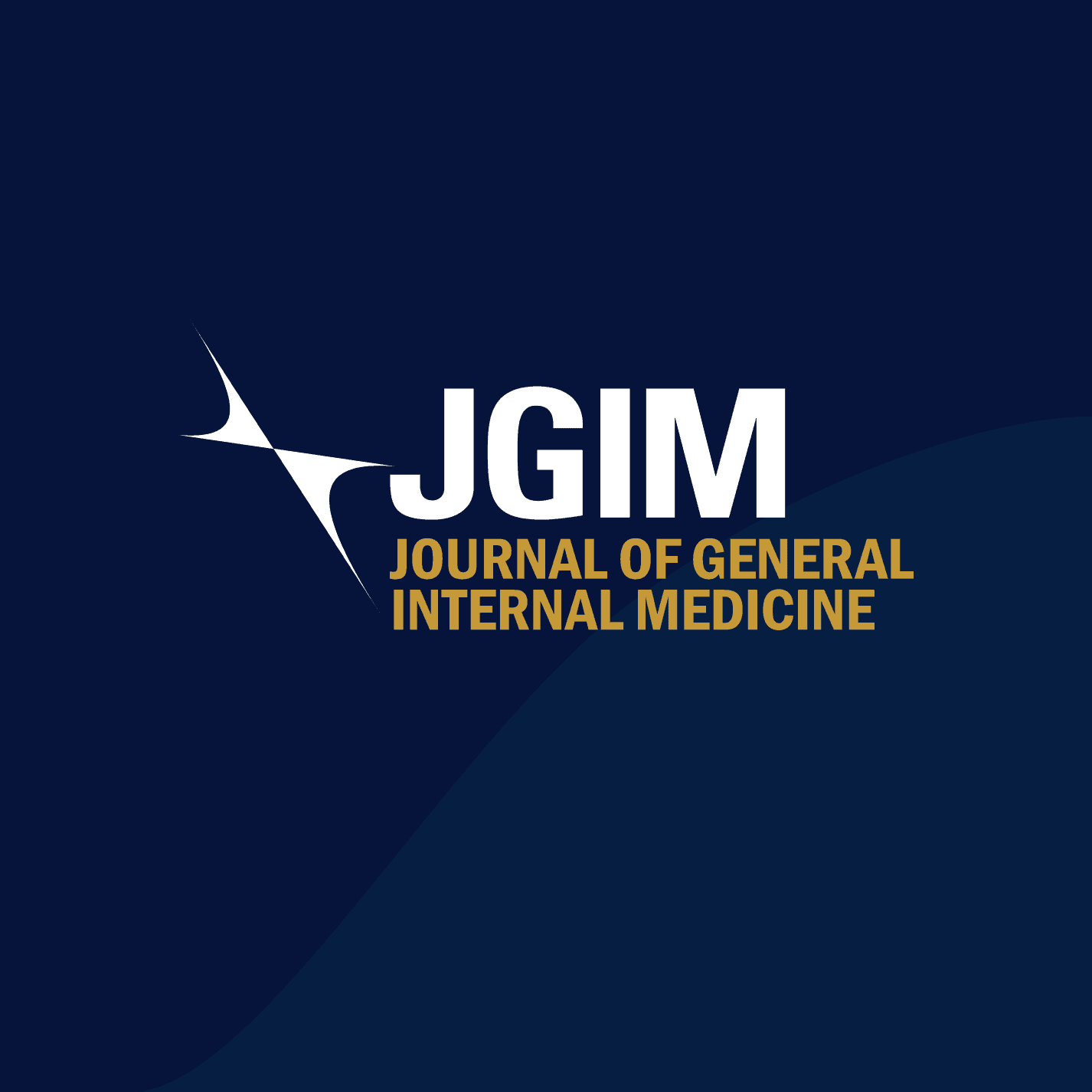Abstract
Background
Suboptimal control of BP is common, although safe and effective treatments are widely available. Conventional management relies on office visits, but this can be an inefficient path to medication optimization.
Objective
To assess the effectiveness of an intensive, 6-month remote BP management program among patients with uncontrolled hypertension.
Design
A two-arm randomized clinical trial which ran from January to July 2023 at two primary care practices with an in-clinic BP measurement at the end of the intervention.
Participants
Established adult patients (ages 21–80) of study practices with uncontrolled hypertension (two measurements > 140/90 in the prior 12 months) and an active prescription for at least one anti-hypertensive agent.
Intervention
Participants received automated text messages prompting them to check their BP weekly for 6 months. An RN and APP monitored BP data entered by the participant. The automated platform escalated any out-of-normal range readings or needs to the program staff.
Main Measures
The primary outcome was change in SBP from baseline to the end-of-study measurement. Enrollment and engagement measures were collected for the intervention arm.
Key Results
Of the 300 participants, the mean (SD) age was 63 (± 12.2) years; 133 (44.3%) were male and 167 (55.7%) were female; 154 (51.5%) self-identified as Black and 120 (40.1%) White; and 119 (39.7%) were insured by Medicare and 41 (13.7%) by Medicaid. The change in SBP at 6 months among those who completed the end-of-study measurement was − 14.66 mmHg (95% CI − 19.95, − 9.36) in the intervention arm and − 10.87 mmHg (95% CI − 18.04, − 3.69) in the control arm (p = 0.39). Within the intervention arm, 97 participants (64.7%) completed all enrollment steps, and these participants submitted BPs 72.8% of the weeks. Participants in the intervention arm had a greater number of medication changes (0.81 vs 0.57 in the control arm, p = 0.01) over the study period.
Conclusions
In this randomized clinical trial of a 6-month automated text messaging program, there was no significant difference in the change in SBP among participants in each arm.
Trial Registration
ClinicalTrials.gov Identifier: NCT05571410.
Topic
JGIM, Research
Author Descriptions
Department of Medicine, Perelman School of Medicine, University of Pennsylvania, Philadelphia, PA, USA
Eric Bressman MD, MSHP & Anna U. Morgan MD, MSc, MSHP
Leonard Davis Institute of Health Economics, University of Pennsylvania, Philadelphia, PA, USA
Eric Bressman MD, MSHP, Anthony Girard MS, Kevin G. Volpp MD, PhD & Anna U. Morgan MD, MSc, MSHP
Center for Health Incentives and Behavioral Economics, University of Pennsylvania Health System, Philadelphia, PA, USA
Klea Profka BA, Laurie Norton MA, MBE, Kayla Clark MPH, Zakiya Walker BA, Leslie Reid-Bey BS, Anthony Girard MS, Charles Rareshide MS, Lin Xu MS, Jingsan Zhu MS, MBA & Kevin G. Volpp MD, PhD
Department of Medical Ethics and Health Policy, University of Pennsylvania, Philadelphia, PA, USA
Klea Profka BA, Laurie Norton MA, MBE, Kayla Clark MPH, Zakiya Walker BA, Leslie Reid-Bey BS, Charles Rareshide MS, Jingsan Zhu MS, MBA & Kevin G. Volpp MD, PhD
Center for Health Care Transformation and Innovation, University of Pennsylvania Health System, Philadelphia, PA, USA
Katy Mahraj MSI & Lin Xu MS
Department of Biostatistics, Epidemiology, and Informatics, Perelman School of Medicine, University of Pennsylvania, Philadelphia, PA, USA
Mary Putt PhD, ScD
Share
Related Articles
Volunteer Peer Support for Chronic Pain Self-Management: A Qualitative Study of Benefits and Barriers
Abstract Background Pain self-management is a key ingredient in chronic pain management.…
Effectiveness of the SHARE Approach for Improving Clinician Shared Decision Making Skills: A Trial in 12 Practices Located in Colorado, USA
Abstract Background The SHARE Approach Model and training curriculum was developed by…


